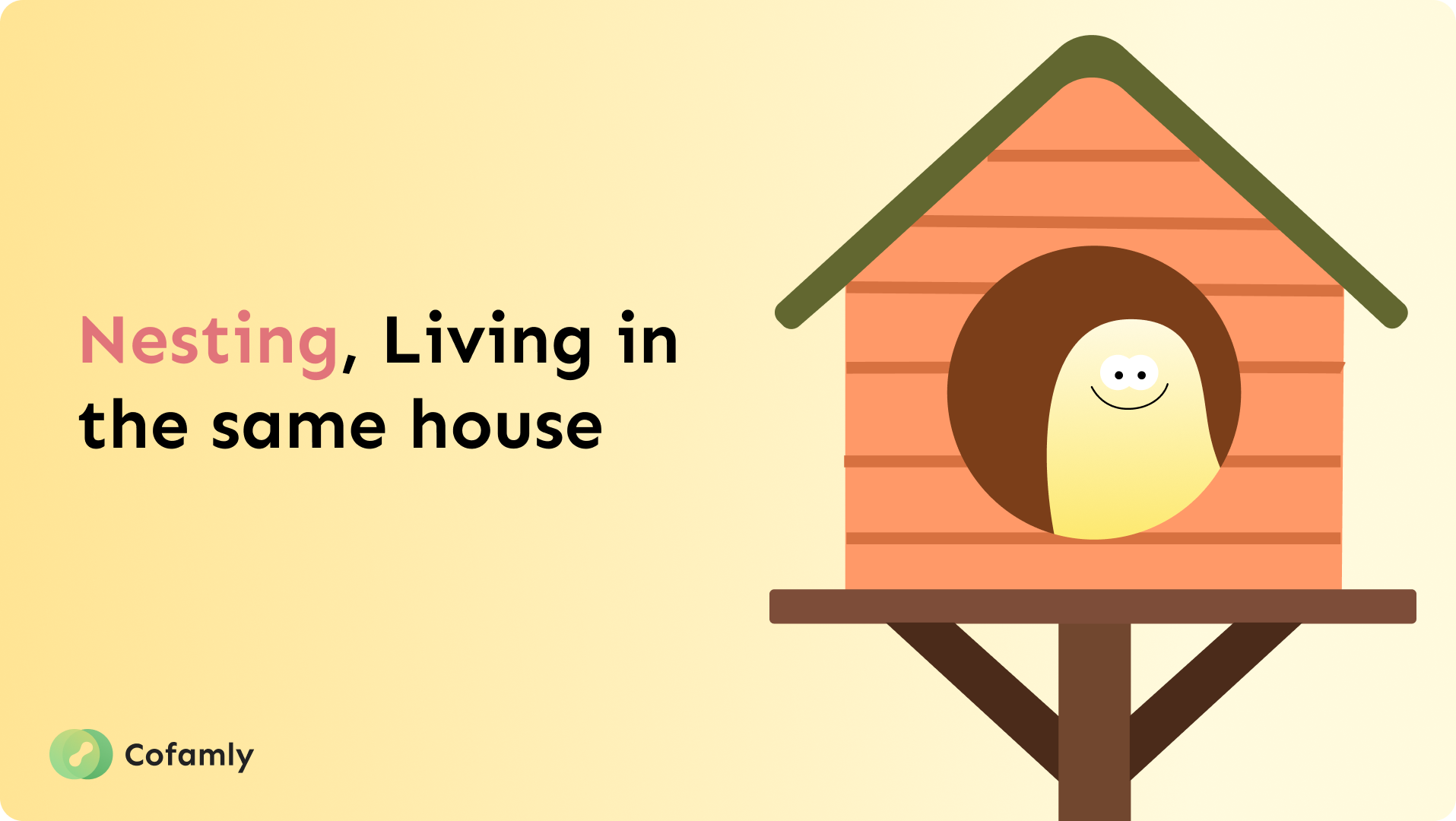Nesting After Divorce: Living in the Same House – Does It Work?
After a separation or divorce, some parents choose a unique co-parenting style called “nesting.” Instead of having the children move between two homes, they stay in the family home while the parents take turns living there. It’s a reversal of the usual model — and for some families, it works surprisingly well.
But is nesting the right solution for everyone? And what does it take to make it work?
What Is Nesting?
Nesting (also called “birdnesting”) is a temporary co-parenting setup where the children remain in the main family home, and the parents rotate in and out based on a schedule. When one parent is at the home, the other lives elsewhere — often in a shared apartment, a studio, or with family or friends.
The main idea is to minimize disruption for the children. Their environment, school routines, and bedroom stay the same, which can provide a sense of stability during a turbulent time.
Advantages of Nesting
Nesting can offer multiple benefits — especially in the early months following a separation:
- Stability for the children
Kids remain in a familiar environment without having to move between households. - Smoother emotional transition
Nesting softens the immediate impact of divorce and allows everyone to adjust gradually. - Temporary housing solution
It’s ideal for situations where parents haven’t yet found their own permanent homes. - Reduced short-term costs
Maintaining just one home for the children can be cheaper than setting up two full households right away.
Challenges and Drawbacks
While nesting can sound appealing, it comes with real challenges:
- Lack of privacy
Sharing a home — even alternately — with your ex can be emotionally difficult. - Blurred boundaries
Who handles household chores? What happens if conflict lingers? - New relationships
How do you handle a new partner? Are they allowed in the family home? - Not sustainable long-term
Nesting is rarely a permanent solution. At some point, both parents usually want their own space and independence.
How to Make Nesting Work
To make nesting manageable and healthy, clear agreements and good communication are essential. Here are some tips:
- Write everything down Define the schedule, chores, financial responsibilities, and any rules regarding visitors.
- Set a review point Nesting should have a time frame. Agree to evaluate it after a few months.
- Secure alternate housing Don’t rely on last-minute sleepovers — plan ahead for where you’ll stay when it’s not your time at the family home.
- Use a co-parenting app Tools like Cofamly make it easier to manage schedules, track changes, and avoid miscommunication.
Is Nesting Right for You?
Nesting can be a helpful, child-focused option — especially if the parents are still on good terms and willing to cooperate. It allows time to adjust after a breakup and can reduce stress for the kids.
However, it only works with mutual respect, maturity, and a clear plan. If there’s high conflict, a lack of boundaries, or ongoing tension, nesting may not be the healthiest choice.
Consider talking to a mediator or family counselor to see whether nesting suits your situation.
Manage Nesting Smoothly with Cofamly
Cofamly helps co-parents plan time in the shared home, log important events, and communicate clearly. Our app keeps everyone on the same page — so the focus stays where it belongs: on your child’s well-being.



